It’s telling, Washington Post media critic Erik Wemple writes, that CNN’s transcript of their coverage from Ferguson yesterday was titled “Still No Decision from Ferguson Grand Jury.” For most of the day, CNN broadcast multiple reporters on the ground all afternoon when nothing at all was going on. A better title for this coverage, when not only was nothing happening but nothing was expected to be happening, would have been “Still Nothing to Talk About in Ferguson.” Wemple excerpts a number of breaking reports “on the ground” during the day to demonstrate the utter lack of news value in them, with this excerpt being a representative sample:
We are just in a waiting game right now Michaela and John, as you mentioned. We believe the grand jury is currently going over their proceedings and deliberating behind me in the justice center in St. Louis County. I can tell you there is a fairly large law enforcement presence here around the media staging area across the street just making sure everything stays peaceful but as you can see behind me, pretty quiet here, it’s a cold day here in the St. Louis area and perhaps that’s keeping people indoors for the moment. But people are certainly very anxious to hear what the decision will be and at this point we don’t know even exactly when that announcement will come following a decision that’s made.
This was particularly amusing:
And moments ago, host Jake Tapper chatted with correspondent Sara Sidner, who was on the ground outside of the Ferguson police station. The question for Sidner was whether there had been “any movement” by protesters or law enforcement in this critical spot. In a moment that has a good shot of getting repeated on the “Daily Show,” Sidner said yes, there had been some movement: “These gentlemen were not out here a few minutes ago,” Sidner said. “They now are out here.” The camera panned to show three people. At right is how it looked.
Thank you, Captain Obvious. Wemple concludes that CNN’s decision to go wall-to-wall on Ferguson all day made it look ridiculous:
Ask any cable talent: Filling airtime when news comes slowly or not at all is a skill acquired through grinding and unrewarding practice. The trick is not to get ahead of events, not to speculate too much, not to say anything stupid, not to pan to three people standing around, as if that’s indicative of anything. Yet once your network decides it’s going wall-to-wall, this stuff becomes inevitable and sometimes a little amusing. All of it, of course, is good for the media-blogging industry.
However, that’s not an impulse limited to CNN either. All of the major cable networks were giving Ferguson heavy coverage during the day, although perhaps not so much as CNN. Before yesterday, all of the cable nets gave breathless updates on the grand jury, on the status of protesters, and the marital status of Darren Wilson. Ferguson has been heavy-rotation fodder for months, including the arrival of show hosts to broadcast live from Ferguson.
Was all of that coverage really necessary? None of it shed as much light as heat on an already dangerous situation. The heavy presence of the media, especially when there was little to report, might have encouraged outsiders to flock to Ferguson for their own purposes without any trade-off in informing the public of anything substantial. Take, for example, the spectacle of the live reading of the grand jury report last night, when it finally took place. Local live coverage would certainly make sense, as the consequences of the decision would have immediate impact on those communities around the St. Louis area. Why, though, could the national news outlets limit themselves to reporters who could take the time to read through the report and write fact-based articles on the outcome. Did any of us learn anything substantial by treating the publication of the report like a presidential press conference?
Ironically, prosecutor Robert McCulloch ripped this media dynamic in his statement last night:
http://www.youtube.com/watch?v=yQm8gJ1ZRqs
“The most significant challenge encountered in this investigation has been the 24-hour news cycle and its insatiable appetite for something, for anything to talk about, following closely behind with the non-stop rumors on social media.”
There’s not much point in complaining about social media, which is at its core just the same kind of word-of-mouth gossip that has always been a part of the human experience. McCulloch’s point about the professional media should be well taken, especially since the cable nets more or less proved McCulloch correct in the hours leading up to the announcement. It’s not just CNN, either. Wesley Lowery and Marc Fisher make the same point from Ferguson, which they have covered as print reporters for the Washington Post since the beginning of the story. They argue that the media created an expectation of violence which fringe elements were all too happy to exploit:
Monday night’s reaction to a grand jury’s decision not to indict the Ferguson police officer who killed an unarmed young black man in August consisted of peaceful protest in some places and vandalism and looting in others — a burst of violence so widely and persistently predicted that it seemed as much self-fulfilling prophecy as organic expression of rage.
Spontaneous or organized, riots have sporadically pierced the social compact through two and a half centuries of this country’s struggles over equality and opportunity. But August’s violence in Ferguson broke the mold in three important ways — one of which is just unfolding now. These were rare suburban riots, racial violence coming to the very place many Americans — both white and black — had fled to after the urban unrest of the 1960s. These were the most significant explosions of racial frustration since the election of the nation’s first black president, and so Ferguson forced the country out of the fantasy that America had entered a “post-racial” era.
Finally, what distinguishes Ferguson from the crowded historical catalogue of racially-motivated street violence is what has happened in recent weeks: The unseemly build-up to the announcement of the grand jury’s conclusion that no crime was committed in the shooting death of 18-year-old Michael Brown has produced an expectation of ugliness. What occurred Monday night — and may continue in the days ahead — is rioting as planned event, so pervasively predicted, so extensively prepared for as to obscure the power and meaning of the protests.
A news media obsessed with predicting the next step, a security apparatus equipped to put down almost any uprising, and a political power structure apparently seeking to head off violence by predicting it have combined to produce an unprecedented sense of inevitability, reducing what has historically been an explosion of frustration to a kind of staged performance.
Indeed. It was an unseemly exploitation of a dangerous situation that turned violence into an inevitability — and a circus for entertainment.


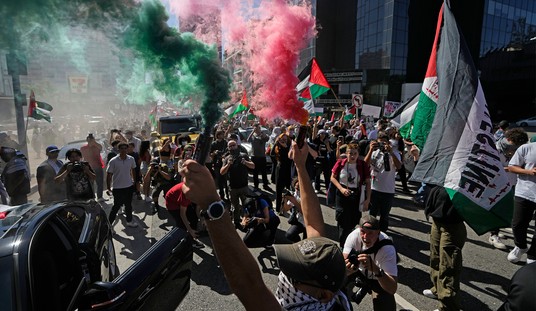
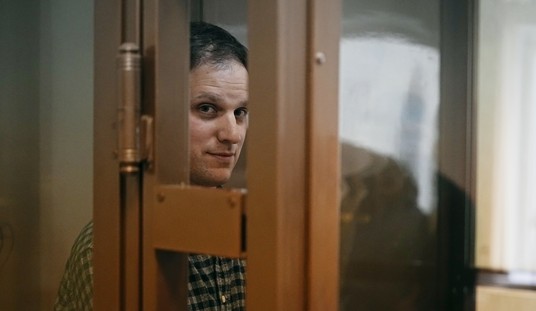
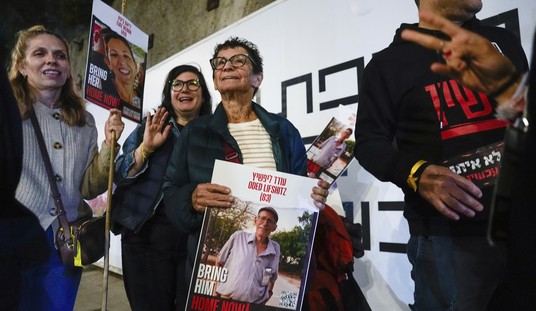

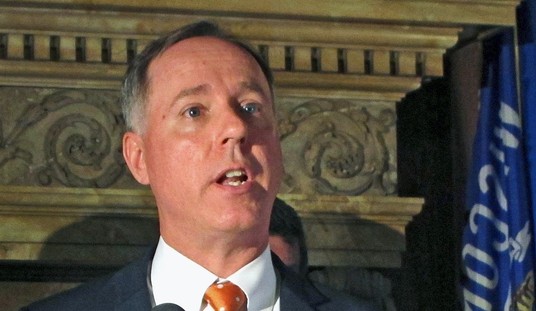
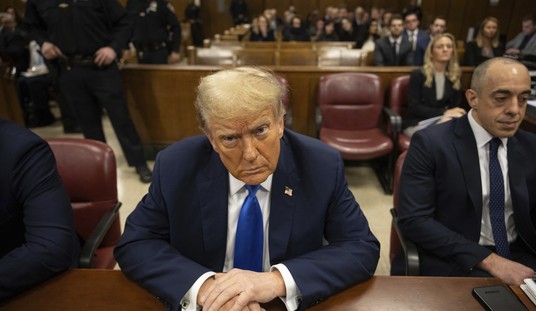
Join the conversation as a VIP Member